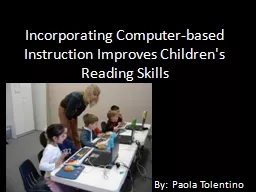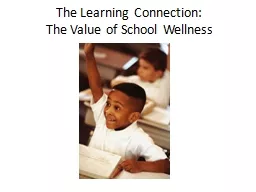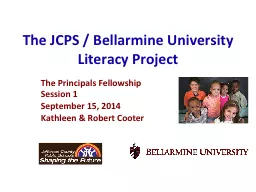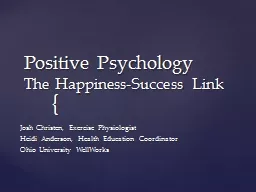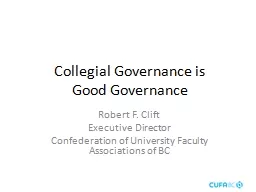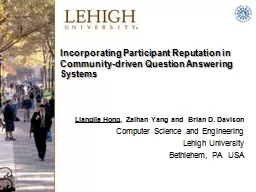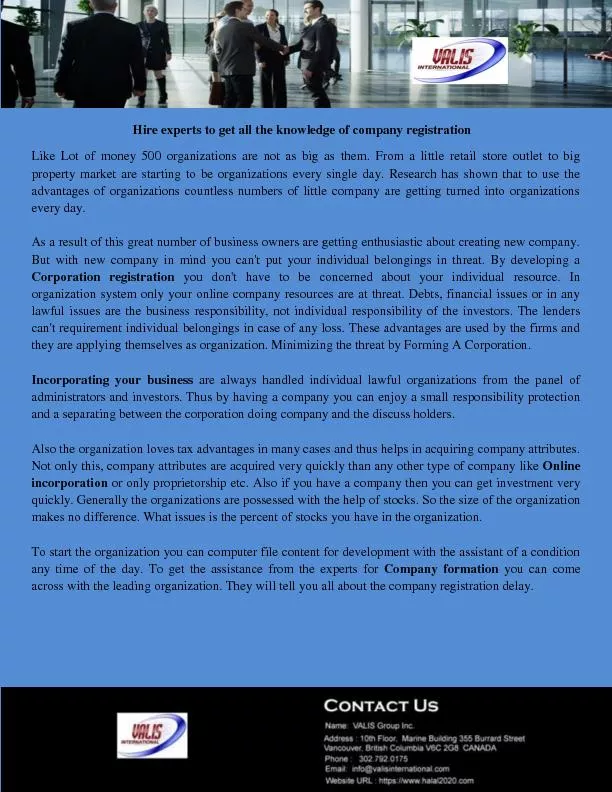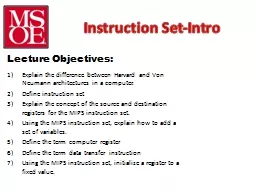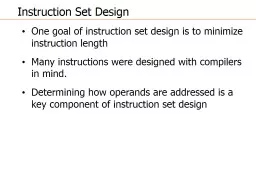PPT-Incorporating Computer-based Instruction Improves
Author : phoebe-click | Published Date : 2017-08-11
C hildrens R eading Skills By Paola Tolentino Education and Technology History In 1932 the keyboard QWERTY is created In 1951 little technology is introduced
Presentation Embed Code
Download Presentation
Download Presentation The PPT/PDF document "Incorporating Computer-based Instruction..." is the property of its rightful owner. Permission is granted to download and print the materials on this website for personal, non-commercial use only, and to display it on your personal computer provided you do not modify the materials and that you retain all copyright notices contained in the materials. By downloading content from our website, you accept the terms of this agreement.
Incorporating Computer-based Instruction Improves: Transcript
Download Rules Of Document
"Incorporating Computer-based Instruction Improves"The content belongs to its owner. You may download and print it for personal use, without modification, and keep all copyright notices. By downloading, you agree to these terms.
Related Documents

